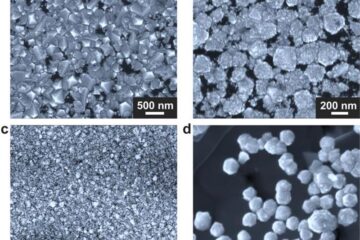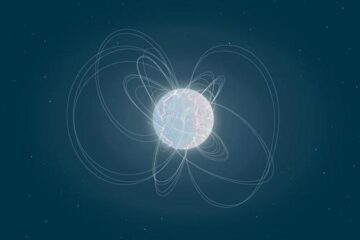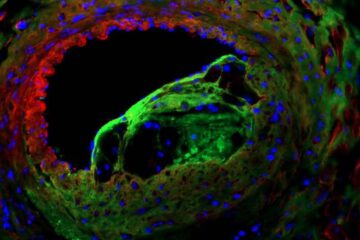Non-Steroidal Anti-Inflammatory Drug Applied to Skin Lessens Muscle Soreness After Exercise

Researchers at the University of California, San Diego (UCSD) School of Medicine have shown that a non-steroidal anti-inflammatory drug (NSAID) applied as a cream directly to the skin is safe and effective in lessening muscle soreness experienced 24 to 48 hours following exercise, when soreness reaches its peak. In addition, the direct application bypasses the internal body-route taken by oral medications, thus avoiding unpleasant side effects sometimes experienced with NSAIDs.
In a study published in the July issue of the Clinical Journal of Sport Medicine, the investigators compared a transdermal (cream) version of an NSAID called ketoprofen against a cream version of a placebo, in a study with 32 healthy males between the ages of 18 and 35 years. Women were not included to avoid fertility or pregnancy complications.
At 48 hours following exercise, the study volunteers who used the NSAID cream reported 37 to 45 percent less muscle soreness than those who used a placebo.
Currently, oral NSAIDs are the most commonly prescribed medications for pain relief and reduction of inflammation experienced after exercise. However, individuals experience significant systemic side effects, such as gastrointestinal distress and problems with liver and kidney function. Annually, an estimated 103,000 patients are hospitalized each year in the U.S. for NSAID-induced gastrointestinal complications, and more than 16,000 NSAID-related deaths occur each year among arthritis patients alone.
The research team did not expect side effects with the transdermal application of the NSAID, since only about one percent of medication directly applied to the skin is absorbed systemically. To verify this, the research team obtained blood samples from the participants, so to measure system absorption of ketoprofen, which is an indicator of potential side effects, such as gastrointestinal irritation. Using a liquid chromatography/mass spectrometry method, the investigators found that serum ketoprofen levels at 24 and 48 hours was minimal, even below the normal detection limit of 10 ng/mL.
The paper’s authors noted that “if an effective transdermal method of NSAID delivery were available, these limitations of oral delivery could be avoided. Further, a transdermal delivery system would have the advantage of delivering NSAIDs directly to the desired location.”
However, transdermal formulations of NSAIDs are not commercially available in the U.S. Physicians must prescribe a customized, individual compound that is prepared by pharmacists.
The researchers noted that additional studies would be needed to evaluate the efficacy of long-term treatment with transdermal ketoprofen, and the efficacy of the drug in treating chronic inflammatory conditions such as arthritis.
The study was funded by Trans-Pharma Pharmaceutical Co., which makes the transdermal cream version of ketoprofen.
The paper’s senior author was Mark D. Bracker, M.D., a UCSD professor of family and preventive medicine; the first author was Christopher R. Cannavino, M.D., a resident in the UCSD Department of Pediatrics. Additional contributors were Lawrence A. Palinkas, Ph.D., UCSD professor of family and preventive medicine, Anthony Salimbeni, M.D., a former faculty member in the UCSD Department of Family and Preventive Medicine, and Jeffrey Abrams, M.D., MPH, director of product development, Trans-Pharma Pharmaceutical Co.
News Media Contact:
Sue Pondrom
619-543-6163
spondrom@ucsd.edu
Media Contact
More Information:
http://health.ucsd.edu/news/All latest news from the category: Health and Medicine
This subject area encompasses research and studies in the field of human medicine.
Among the wide-ranging list of topics covered here are anesthesiology, anatomy, surgery, human genetics, hygiene and environmental medicine, internal medicine, neurology, pharmacology, physiology, urology and dental medicine.
Newest articles

Making diamonds at ambient pressure
Scientists develop novel liquid metal alloy system to synthesize diamond under moderate conditions. Did you know that 99% of synthetic diamonds are currently produced using high-pressure and high-temperature (HPHT) methods?[2]…

Eruption of mega-magnetic star lights up nearby galaxy
Thanks to ESA satellites, an international team including UNIGE researchers has detected a giant eruption coming from a magnetar, an extremely magnetic neutron star. While ESA’s satellite INTEGRAL was observing…

Solving the riddle of the sphingolipids in coronary artery disease
Weill Cornell Medicine investigators have uncovered a way to unleash in blood vessels the protective effects of a type of fat-related molecule known as a sphingolipid, suggesting a promising new…





















